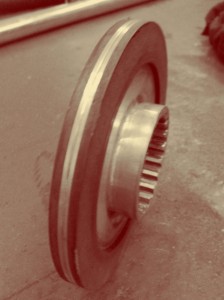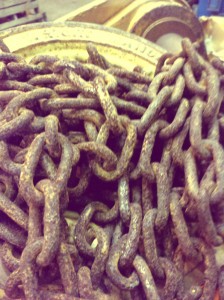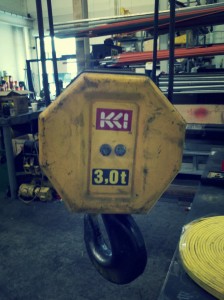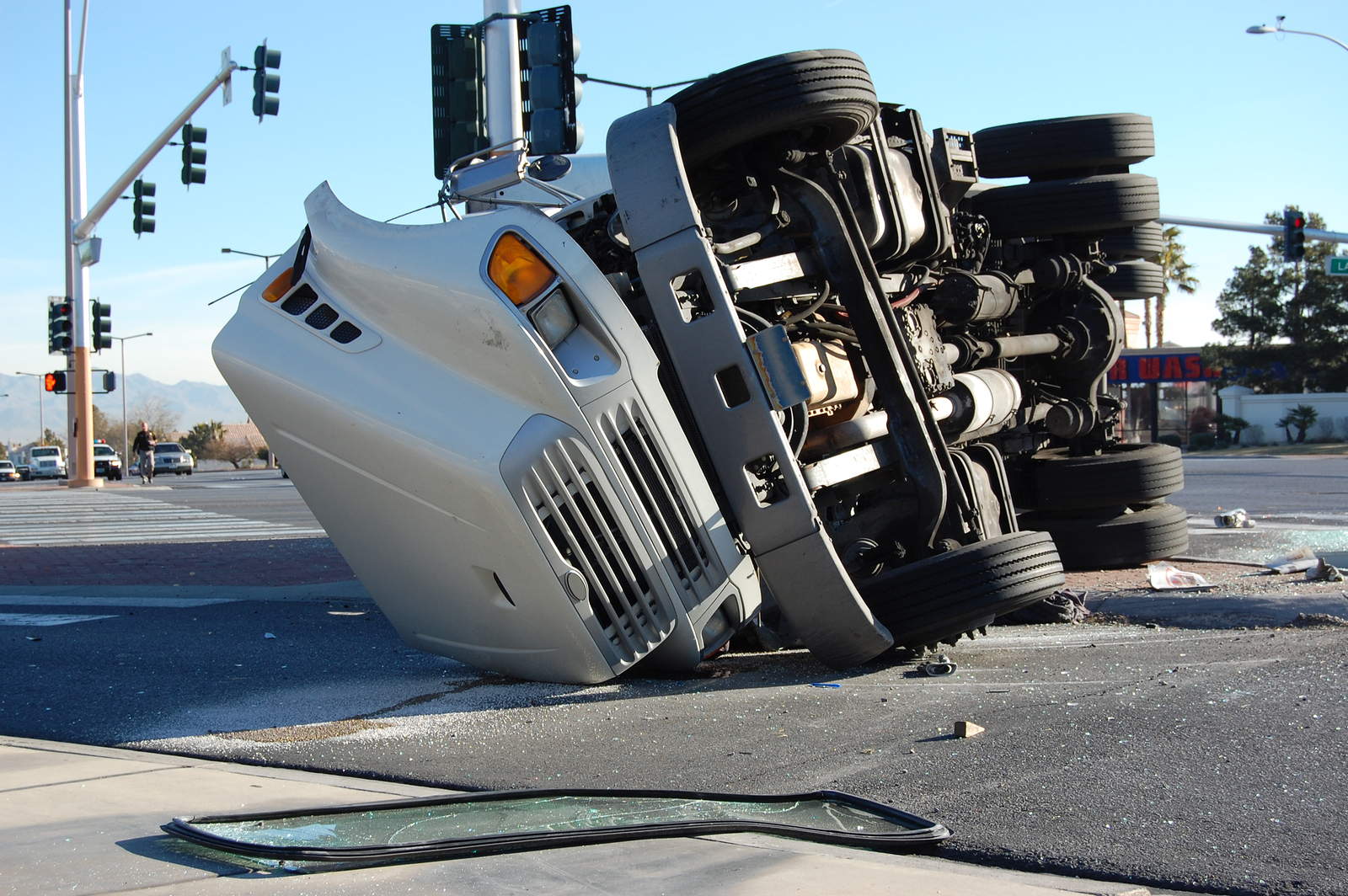What is the number one component on an overhead crane inspection that gets missed the most?
 This is a question that had crossed my mind while trying to come up with an idea to write a presentation for the CCAA Spring Conference in San Diego. I had an idea in my mind of the answer to this question. I decided to ask as many people that I could on this subject. I started with inspectors and then moved on to managers. This is what I found in my small assesment.
This is a question that had crossed my mind while trying to come up with an idea to write a presentation for the CCAA Spring Conference in San Diego. I had an idea in my mind of the answer to this question. I decided to ask as many people that I could on this subject. I started with inspectors and then moved on to managers. This is what I found in my small assesment.
What is the number one component on an overhead crane that gets missed the most during an inspection?
1.Wire Rope
2. Pattern Sheave Wear
3. Coupling Lubrication
4. Brake Adjustments
5. Load Hook Wear
6. Load Block Cracks and Wear
7. Wire Rope Terminology
8. Sheave Wear Under and on Sides of Wire Rope
9. Wire Rope Wraps on the Drum
10. Load Chain Wear
11. Regulations
In the crane industry, how do we limit the amount of missed discrepancies during an inspection? I believe it can be done in three ways.
1. Continual Training
To keep inspectors up with the latest regulations that tend to change every year, inspectors need refresher training on the codes at least once a year. They should also be getting training on various equipment direct from the manufacturer. There are many hoist manufacturers that provide technical training on their equipment and components on your site or at the factory. Contact your hoist manufacturer or a crane training company to help you with this.
2. Culture
Culture is something that takes a long time to develop. So if you don’t have it in your company now then NOW is a good time to make that change. To create a culture of safety awareness, and inspection mindedness it needs to start at the top. Like everything, it will trickle down to affect everyone. Don’t just relay information and tell people to take inspections seriously. You take it seriously. Talk about inspections at every safety meeting. Discuss why it is important to you and them. Explain the consequences of missing components on inspections. Pick a component during the safety meeting to discuss the proper inspection procedure. Don’t just relay the information but get everyone involved and ask their opinion on it. Make it an ongoing discussion.
3. Senior Field Personnel
Another key to producing good inspection results is having the right inspectors out there. Only use inspectors who have demonstrated an excellent knowledge in the field. They should have a high amount of field hours. I would say 4,000 hours is a good amount of time to have under your belt before you become an inspector. Those hours should consist mostly of troubleshooting and installing crane components. This will help them greatly when it comes to narrowing something down on a crane inspection.
When training your personnel you should refresh them on certain component requirements. Especially on the components listed above. It is key to keep inspectors up to date on the updated regulation requirements.
Discard Load Hook if…
– Throat Opening is stretched 5% or not over 1/4 inch
– No Degree of twist
– Saddle Wear of 10% or more
Wire Rope
– A minimum of two wraps must be on the drum at its lowest point.
– The three parts of the wire rope from largest to smallest is the Core (D),  Strand (F), and Wire (E). Always remember that a wire rope with one bad wire is acceptable but a wire rope with one bad strand is not. The wire is the smallest component of the wire rope and it is what makes up the strand.
Strand (F), and Wire (E). Always remember that a wire rope with one bad wire is acceptable but a wire rope with one bad strand is not. The wire is the smallest component of the wire rope and it is what makes up the strand.
– Depending on what state you live in you are only allowed a certain number of failed wire rope parts. By OSHA standards you are required to change the wire rope once you have 12 randomly distributed broken wires in one lay or 6 broken wires in one strand of one lay.
– What is a wire rope lay? A lay is the distance it takes for the wire rope to make a complete revolution around the core of the wire rope. In California by CALOSHA standards you are only allowed 6 randomly distributed broken wires in one lay or 3 broken wires in one strand of one lay.
There is no point doing an overhead crane inspection if it is not going to be accurate. To ensure you’re getting an accurate inspection you need to ensure that you are creating a culture that takes inspections to a higher level, you need to continually provide training for all personnel who will be inspecting the overhead cranes. Start with something during all your safety meetings about one overhead crane component. This will help create a culture of mindful inspectors. At the same time if your information is new and pertinent then it will also keep your inspectors up to date on all the new codes and regulations.
What do you feel gets missed the most on overhead crane inspections?
What is a good way to keep your inspector from preventing these mistakes?
As a crane owner what do you expect from your inspection company and how do you know your getting a good inspection?
Written by:

http://overheadmaterialhandlingregulation.blogspot.ca/



